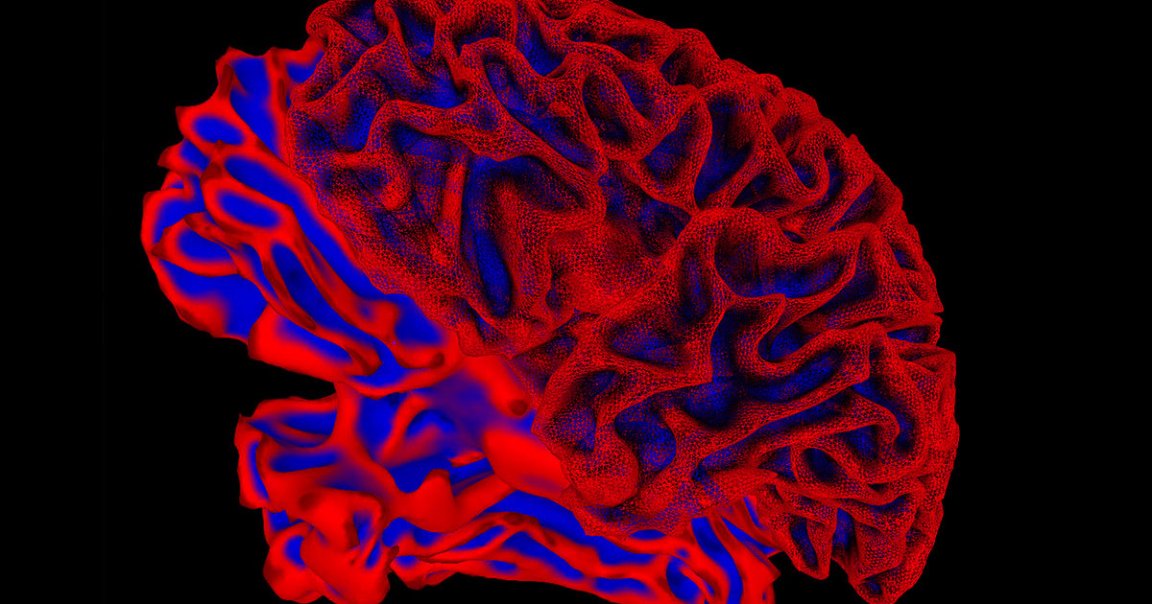
A team of National Institutes of Health (NIH) scientists is walking a delicate line: publishing research about how the human brain differs across sex, while trying to guard against their work being misrepresented by misogynists.
Armin Raznahan, chief of developmental neurogenomics at the NIH, published research in the journal PNAS on Monday about how sex chromosomes are tied linked to differences in the size of various brain regions. The research, Wired reports, could give doctors a better understanding of how neurodevelopmental disorders may manifest in different groups.
“If we can understand the biology of sex better,” Raznahan told Wired, “maybe those pathways are going to help us understand what is happening to put a person at risk of manifesting symptoms of autism spectrum disorder, for example.”
But the sensitive nature of Raznahan’s research has him trying to fight misinterpretations of it — something he told Wired he’s run into since early in his career.
“I got my fingers burned when I first started,” Raznahan told Wired.
At the time, he was researching the differences between how men’s and women’s brains change over time. And while his paper only touched on structural changes and not any functional differences, that didn’t stop The Wall Street Journal from citing his work in a 2011 article that suggested schoolchildren might learn better in single-sex classrooms.
Because it’s such a dodgy topic — and the practical conclusions one could draw from such research remain unclear, scientists told Wired that maybe scientists shouldn’t investigate sex differences in the brain so thoroughly at all. But others argue that it’s essential.
“We can’t not make discoveries,” University of Maryland School of Medicine pharmacology professor Margaret McCarthy told Wired, “because they might be misused.”